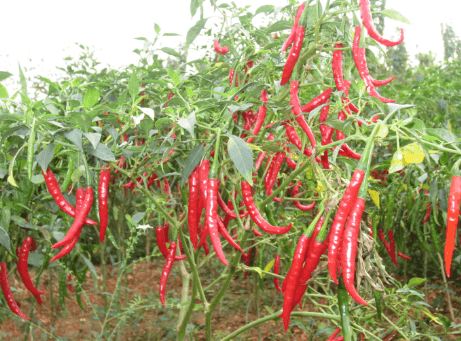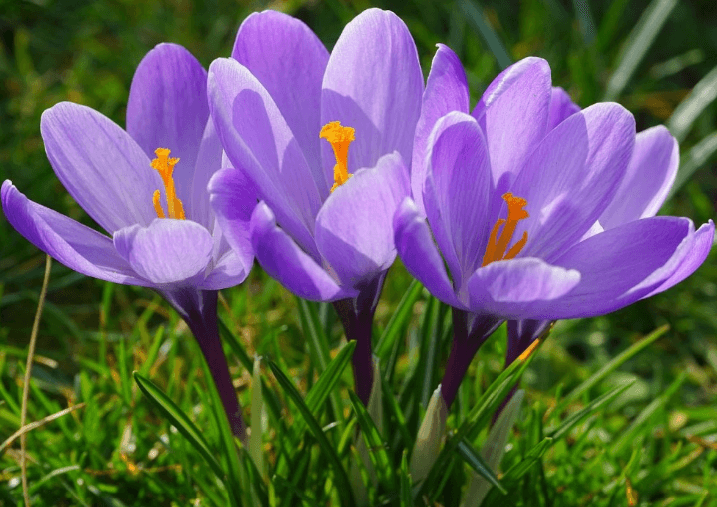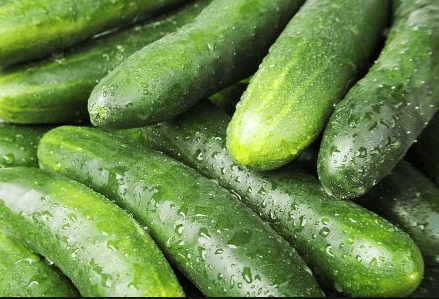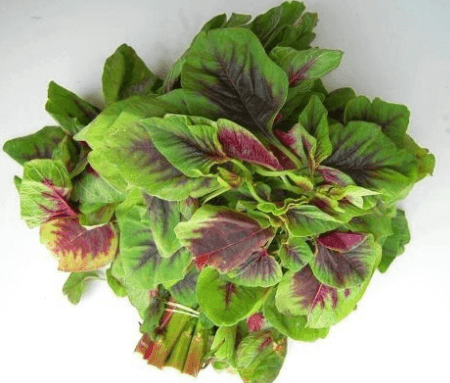Bergamot-(Monarda didyma) Labiatae Perennial
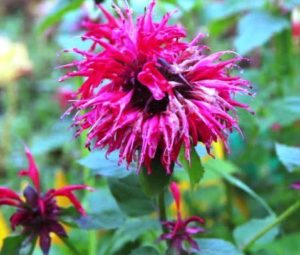
This native of North America is one of the most sweetly fragrant herbs. It has mint- like foliage and honeyed heads of tousled blossoms. Propagation is by seed or root division, and sometimes cuttings, in spring, the best position for the plant is where the roots will be cool in summer, and whose the 1.20 m (4ft) stems can catch the sun. it is ideally placed behind other shorter herbs which will shade the roots, and where the lovely blooms can be seen. It likes rich, moist soil, and if it is growing near other plants that dislike theses conditions, a light dressing of old, powdery poultry manure or compost may be spread over the base of the plant and a fine sprinkler directed to the lower part of the herb in hot, dry weather.
Flowers of bergamot may vary from white, shell- pink and different shades of mauve to bright crimson. The hardiest of all is the latter, “Cambridge Scarlet’. In spring the stems begin to rise from the leaf- matted base, and blooming begins in summer. Each flower head is a mass of long, tubular petals overflowing with nectar. Pick one or two when passing and enjoy the subtle, fragrant “drink of the gods”, but leave plenty for the honey- eating birds in the garden and for the bees, who adore it: one of its old name was “bee balm”. Another name for bergamot was “Oswego Tea” because an infusion of the leaves was widely used by the Oswego Indians and this beverage soon became popular with the new settlers from the Old World.
A Spanish Physician, Nicholas Monardes, discovered the herb in the 16th century, which is why it has the botanical name of Monarda. The dried leaves and flowers are an excellent addition to a potpourri.
Uses :
Culinary – The young leaves and torn up flowers give a delicious flavour to a green salad. It can be used instead of sage in veal dishes; it also combines well with pork. Chop the leaves finely and sprinkle them over cooked, buttered vegetables. Whole young leaves impart their delicate aroma to a fruit salad. A leafy stalk plunged into long glasses of icy cold drinks, or into a jug of fruit juice, gives a delectable, elusive fragrance.
Medicinal – A tea made with the fresh or dried leaves is said to be beneficial for fevers or an upset stomach and has even been found to be soothing to the nerves. The American Indians used the tea for colds, sore throats and bronchial aliments. Being as member of the mint family, it has been found to contain antiseptic oil called thymol.

